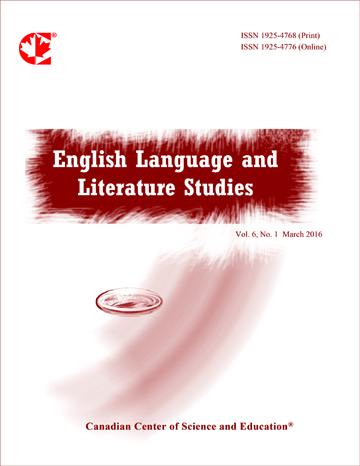An Innovative Way of Finding Best or Least Matching Pairs and Groups
- Farahman Farrokhi
- Asgar Mahmoudi Hamidabad
Abstract
The procedure introduced in this article is an innovative way for finding the best and least matching pairs. The method can also be extended to find the most converging or diverging groups if the objectives of studies necessitate so. The procedure employs three pieces of information to find out which pairs or groups of subjects make the most or least converging pairs or groups. These three pieces of information are the total differences between pairs of subjects’ responses to the questions in a questionnaire, their place on the continuum defined for the variable under study, and the correlations between pairs of students’ scores. A rank is assigned to each pair with regard to each source of information. These values are then added and the subjects are ranked from the most converging to the most diverging pairs with small and big numbers representing converging and diverging pairs, respectively. After pairing subjects, it is easy to find the most converging or diverging groups by dividing the arranged pairs vertically or horizontally. The procedure is felt to be applicable to many quantitative non-experimental and qualitative studies.
 PDF
PDF
